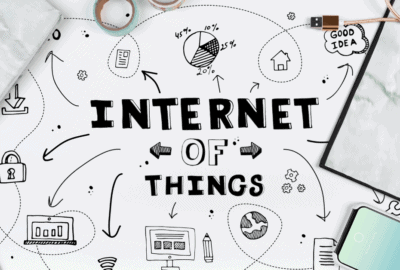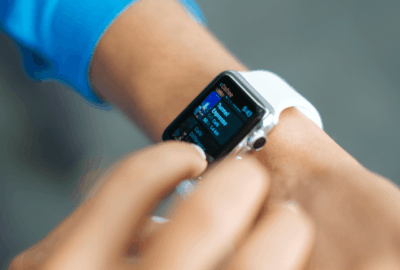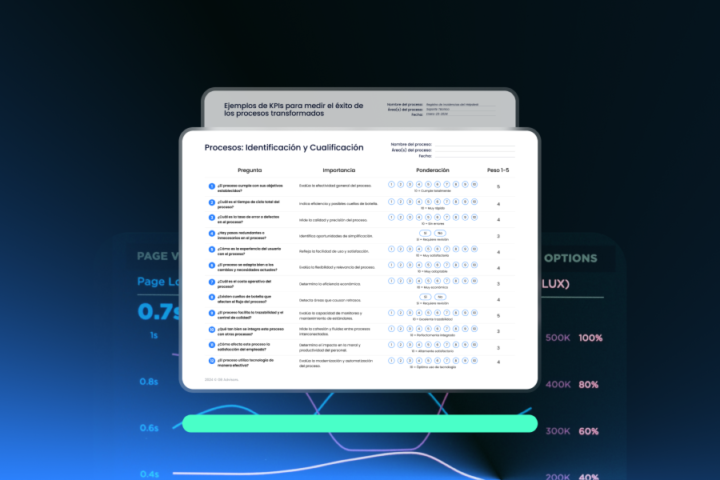 The Internet of Things (IoT) continues to turn device interconnection into a great resource when it comes to automating both; everyday tasks for home users and processes of real value in organizations. However, despite the fact that new technologies offer an important competitive advantage to any organization, in the case of IoT, innovation can also mean an expansion in systems’ attack surfaces of companies.
The Internet of Things (IoT) continues to turn device interconnection into a great resource when it comes to automating both; everyday tasks for home users and processes of real value in organizations. However, despite the fact that new technologies offer an important competitive advantage to any organization, in the case of IoT, innovation can also mean an expansion in systems’ attack surfaces of companies.
To help you prevent the emergence of vulnerabilities linked to the security of the Internet of Things; today we bring you some tips to ensure the protection of interconnected devices in your organization.
How does IoT technology work?
In order to simplify our lifestyle, we have created an immense number of objects adapted to our needs. The technology of some of these objects has evolved in such a way that it has given us access to devices capable of interacting not only with us but also with each other, all through the Internet.
This interconnection between users and devices through the network is what is known as the Internet of Things or IoT.
The main objective of the internet of things is to improve control and decision-making; through the exchange of data between connected devices. Among its many advantages, we can name the following:
- Collecting more and better data to analyze customer trends and behavior, best target products and provide higher quality service.
- The improvement of the company’s infrastructure that leads to a significant cost reduction.
- Full use of the device’s application functionalities through the interconnection.
IoT Ecosystem
There are several elements necessary to make IoT technology work, among them we have:
- Sensors (integrated into the devices).
- Network Connectivity.
- Data processing and sensors exchange protocols.
- Data hosting infrastructure (the Cloud).
- User Interface
 The devices interconnected by the internet of things, usually integrate sensors that allow them to perform different functions. These functions include data collection, voice and face recognition; and motion detection. Once the information is collected, it can be passed to other devices through a radio transmitter; or go directly to the cloud, which has the property of working both as a starting point for the control of the device and as a final destination for the data collected by it.
The devices interconnected by the internet of things, usually integrate sensors that allow them to perform different functions. These functions include data collection, voice and face recognition; and motion detection. Once the information is collected, it can be passed to other devices through a radio transmitter; or go directly to the cloud, which has the property of working both as a starting point for the control of the device and as a final destination for the data collected by it.
In the cloud, data exchange and processing protocols allow Big Data to determine relevant actions related to the device’s functions. After this, it is possible to send to the user interface, valuable information in an understandable natural language.
IoT technology and IT infrastructure
The technology of the Internet of things can significantly transform the IT infrastructure; as it creates blurred lines between what is IT and what is not. By exchanging data through technology, IoT devices may become the responsibility of ITSM teams, who would have to reinvent the way they manage IT services in order to manage the impact of IoT technology on the organization.
Even if the company has not consciously decided to integrate into its systems, devices interconnected by IoT; the possibilities of this technology affecting the organization through its employees or customers continue to increase. As it has been demonstrated that the number of users who use these devices, even in their workplace, is increasing every day. With this in mind, IT teams are virtually forced to take steps to ensure that new attack vectors are reduced in their organization.
Security Challenges Related to the Internet of Things
 Since Internet-of-Things-based technology has somewhat recent origins, manufacturers do not prioritize connection security when manufacturing devices. As a result, the proliferation of the use of functional but vulnerable objects continues to rise.
Since Internet-of-Things-based technology has somewhat recent origins, manufacturers do not prioritize connection security when manufacturing devices. As a result, the proliferation of the use of functional but vulnerable objects continues to rise.
The IoT ecosystem may have many attack vectors resulting from the use of insecure interfaces for both the network and the cloud. Among the security challenges related to the IoT, we find the following:
- Unauthorized access: It can generate a change in the functions of the device to generate damage to the internal systems, or even to the physical structure of the organization.
- Data theft: This includes extracting information from both customers and the organization, for misuse.
- The rapid proliferation of threats: Even if the attack affects only one device, the interconnection will allow rapid infection of the other interconnected objects.
Effective Security Measures in the Age of the Internet of Things
Taking advantage of the benefits that bring the internet of things, do not have to compromise the security of your data. Some simple steps you can take to continue to ensure the protection of your systems are as follows:
#1 Identify every connected device
Each new IoT device that is introduced into a network adds a potential entry point for any cyber-attack, so you must strive to identify them all, in order to continuously monitor them.
Once you identify devices, apply a risk-based strategy, prioritizing critical resources in the Internet of Things infrastructure. Examine the resources and protect them according to their value and risk exposure.
#2 Conduct a Penetration Test
Performs some sort of penetration test or evaluation at the hardware and software level; before deploying devices based on the Internet of Things technology.
#3 Analyze the data
Through the Big Data technology, you can use data related to the device’s behavior to detect anomalies; and prevent or respond quickly to any cyber- attack.
#4 Use a Data Transport System
Use SSL and TSL protocols to encrypt information shared in networks; and automate the verification of the integrity of all data received in the system.
#5 Protect the Cloud interface
To do this, change all the default usernames and passwords during the initial setting. Configure your system to block any account after 3 to 5 failed login attempts; and ensure that the cloud-based web interface is not susceptible to XSS, SQLi or CSRF.
There will come a time when the Internet of Things will not only imply the interconnection between users, processes, and devices; but also protection and trust. Meanwhile, the search for efficient safety protocols for IoT must continue.
Do not forget that high-tech security solutions can help you guarantee total protection of your systems. Choose the one that best suits the needs of your organization with the help of our experts. Contact us for free and high-quality advice.



